- Gather the ingredients
Gather the ingredients.
- Wash rice and dal
Place 3 cups Sona Masuri or idli rice and 1 cup urad dal in separate bowls. Wash and drain both the rice and urad dal until the water runs clear.
- Soak rice and dal
Add 2 cups water to the bowl with rice and 1 cup water to the bowl with urad dal. In the same bowl as the urad dal, add 1 teaspoon fenugreek seeds. Leave to soak for 4 to 6 hours.
- Prepare the blender
Strain the water from the urad dal and fenugreek seeds and add them to a blender.
- Blend urad dal with water
Add just enough fresh water to allow the urad dal to begin blending, about 1/4 cup. When the batter becomes sticky and thick, stop the blender and add more water until the batter is thick, yet pourable, about 1/2 cup more. Continue to blend.
- Ferment the batter
When the batter becomes smooth and fluffy, empty it into a large bowl. This will be the bowl that you ferment your final batter in, so it will need space to rise up to twice its volume. Set aside.
- Blend rice to a smooth batter
Strain the rice and add it to the blender. If you have a small blender, blend in batches, just half or one-third of the rice at a time.
- Blend rice with water
Add 1/4 cup of water and begin blending. Continue to add water as needed, aiming for the same smooth, thick yet pourable, fluffy consistency as the urad dal, about 1/4 cup more.
- Mix rice and dal batters
Once finished, add the rice batter to the bowl with the urad dal batter and mix it thoroughly with a spatula.
- Ferment the mixed batter
Add 1 teaspoon fine salt, cover the bowl, and transfer it to a warm, dry place. Allow to ferment for 8 to 12 hours.
- Check batter readiness
After 8 hours, start checking your batter for readiness. You will know it’s properly fermented if it’s risen considerably (about double in volume) and if it has a slightly sour scent. Once fermented, stir the batter to check that the consistency is light, fluffy, and pourable. If the batter feels too thick, add water 1 tablespoon at a time until desired consistency is reached.
- Heat skillet for making uttapam
Heat a large skillet, preferably nonstick, on medium-high and lightly grease it with ghee or vegetable oil.
- Pour batter into skillet
Using a ladle, pour a portion of batter onto the center of the pan. It should be average in thickness, neither as thin as a dosa or as thick as an American pancake.
- Add toppings to uttapam
While still cooking, sprinkle some of the chopped onions, chillies, and cilantro over top the uttapam.
- Drizzle ghee for browning
Drizzle 1 teaspoon ghee or vegetable oil around the circumference of the uttapam to encourage the edges to turn golden brown and crisp. Once this begins to happen, flip the uttapam using a wooden or metal spatula.
- Press and check uttapam
Press the uttapam lightly to ensure the toppings stick. Once the toppings begin to brown slightly, the uttapam is ready.
- Serve hot with chutney or sambar
Repeat until you’ve used all the batter or until you’ve made as many uttapams as you want. Transfer to a plate and serve hot with coconut chutney and/or sambar.
- Calories:782 kcal
- Protein:30 g
- Carbohydrates:120 g
- Sugar:10 g
- Salt:1 g
- Energy:3268 kJ
- Fat:16 g
Uttapam is a South Indian breakfast dish made from a fermented batter of rice, urad dal (a kind of lentil), and fenugreek seeds. Once prepared and poured onto a pan, the optimal texture is crispy on the edges and soft in the center.
Pleasant and lightly sour in flavor, uttapam is like the savory cousin to the sweet breakfast pancake we’re all familiar with. Manali’s mother taught her this recipe, as it checked off many of her requirements during her college years: economical, filling, and nourishing.
Notes On Fermenting the Batter
Overall, this recipe is pretty simple, but the fermentation step could be tricky depending on your experience working with ferments. Luckily, the fermentation period is short for this recipe, so you don’t need to worry about monitoring the batter for very long. Overnight in most climates is ideal, so you can simply prepare the batter the night before you want to enjoy uttapam for breakfast.
Change Up the Toppings
This dish is versatile, so while the toppings we include in this recipe are the classics, feel free to go your own way. For example, Manali’s mother used to make hers with grated beetroot and carrot as a way to sneak more vegetables into her diet.
Uttapam is typically served with coconut chutney and sambar (a sweet and tangy soup), but you may want to switch things up, and that’s okay! You may try another chutney or dust on some podi powder, instead. One of Manali’s favorites is simply to mix a little sambar spice powder with oil and use it for dipping.
The Difference Between Uttapam and Dosa
Lastly, a word on the difference between uttapam and dosa. The two recipes share the same ingredients, but in order to get the thin and crispy texture of a dosa, more rice is used in the batter. That said, in an attempt to simplify things, many Indian households will use the same batter and just spread it out thinner on the pan for cooking.
Tips for Making Uttapam
- The best spatula to use—Use a flat wooden or steel spatula for this recipe, as a silicone one doesn’t work very well for flipping
- Where to buy the right kind of rice—Sona Masuri (masoori) rice can be purchased from Walmart (look for Royal brand) or any Indian store.
- Keep the batter warm—If you live in a cold climate, you may want to store the batter in the oven. Just make sure you leave the oven light on, as it will create more heat and ease the fermentation process.
- When to flip—You know the uttapam is about ready to flip when the sides get golden and crispy.
- Don’t skip the fenugreek seeds—They help the batter to achieve the right texture.
-
Gather Ingredients
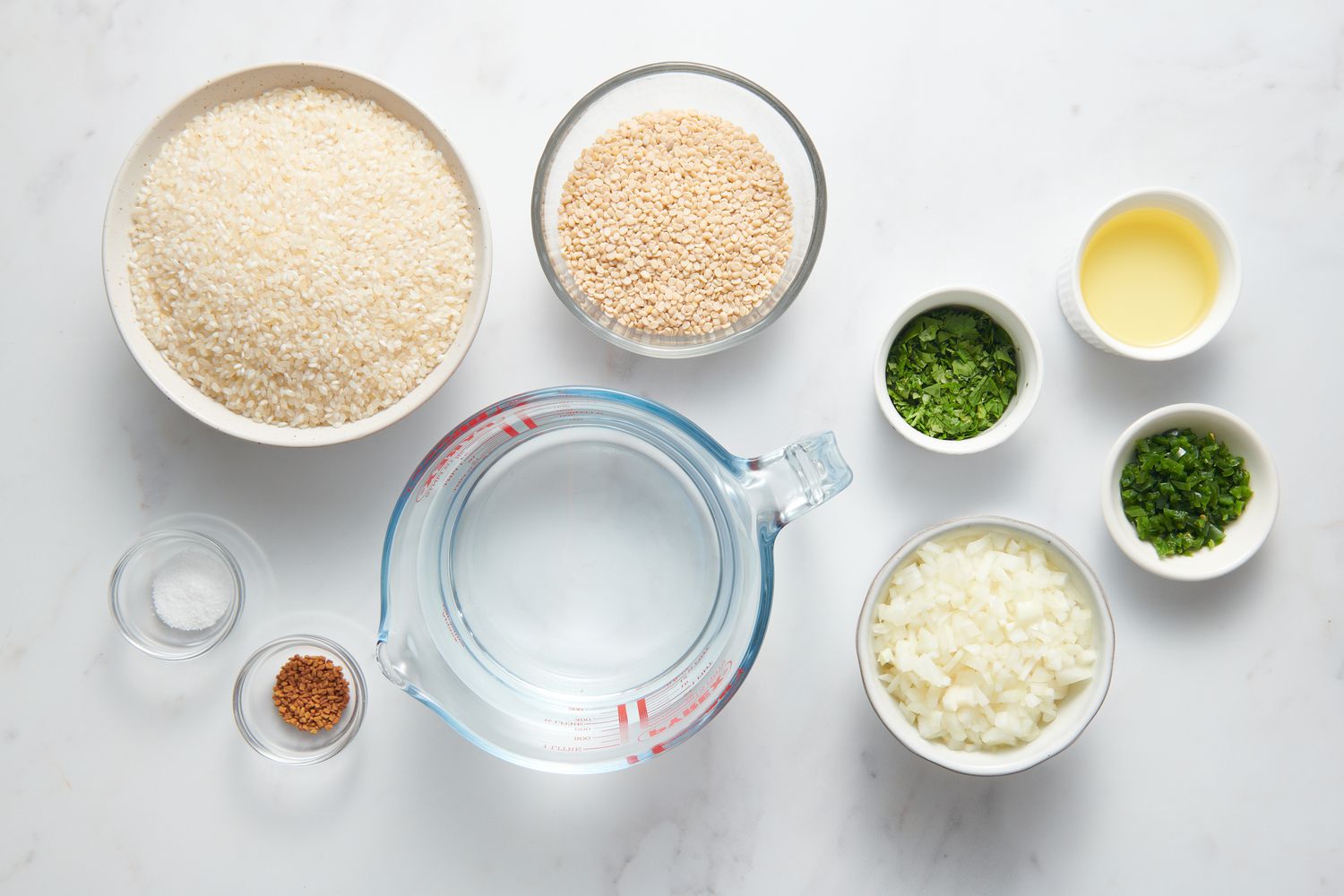
Gather the ingredients.
-
Wash Rice and Dal
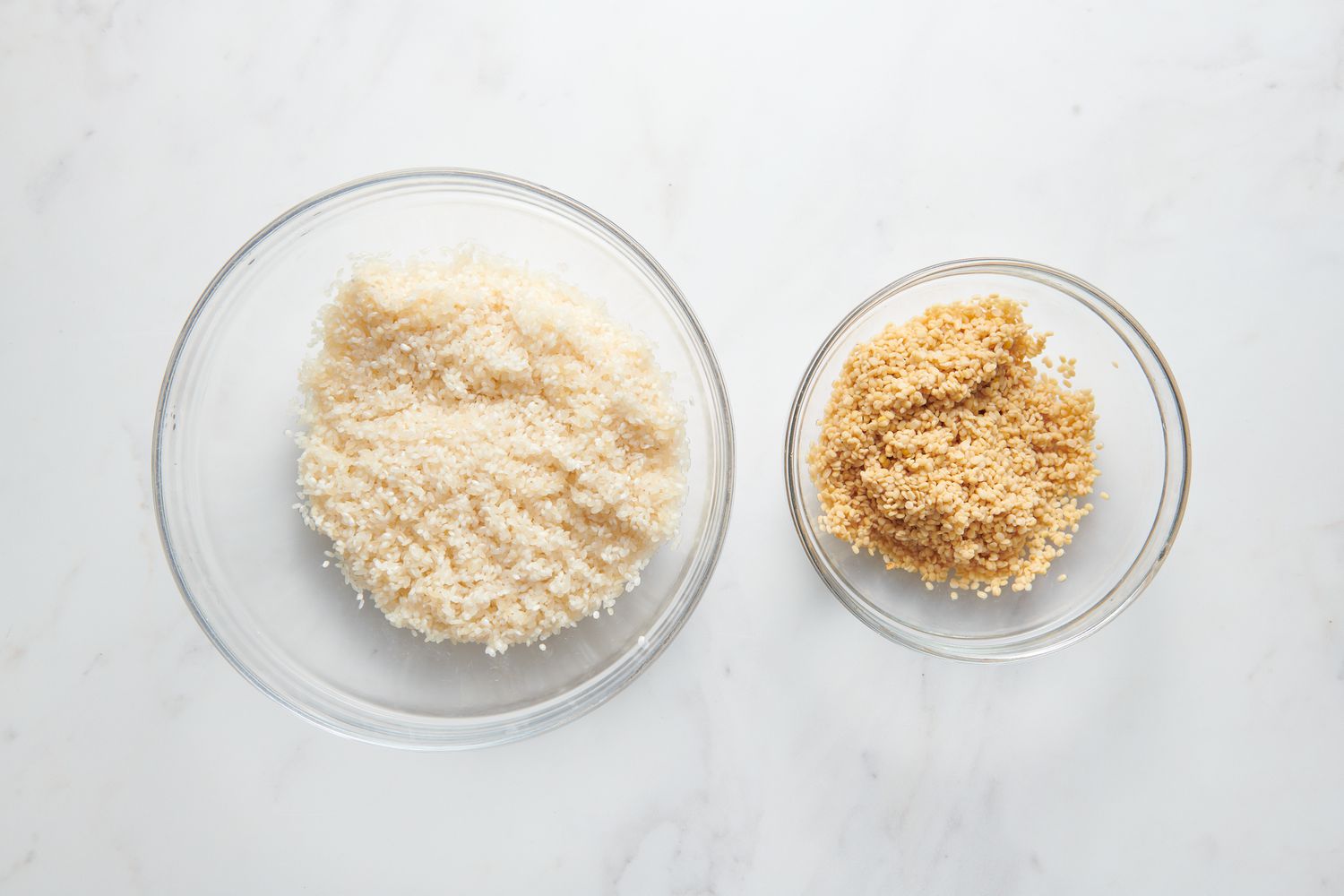
Place 3 cups Sona Masuri or idli rice and 1 cup urad dal in separate bowls. Wash and drain both the rice and urad dal until the water runs clear.
-
Soak the Ingredients
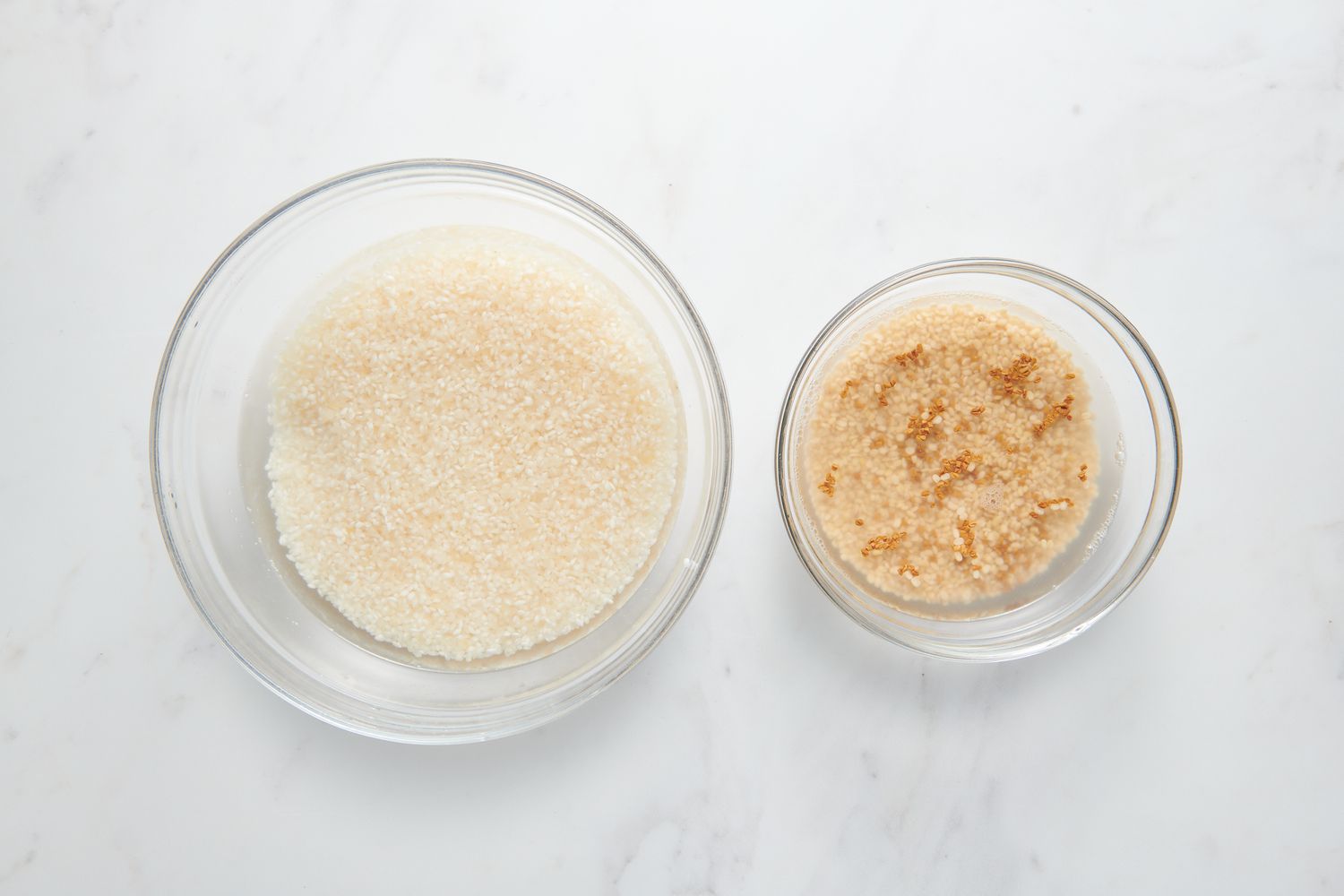
Add 2 cups water to the bowl with rice and 1 cup water to the bowl with urad dal. In the same bowl as the urad dal, add 1 teaspoon fenugreek seeds. Leave to soak for 4 to 6 hours.
-
Prepare Blender
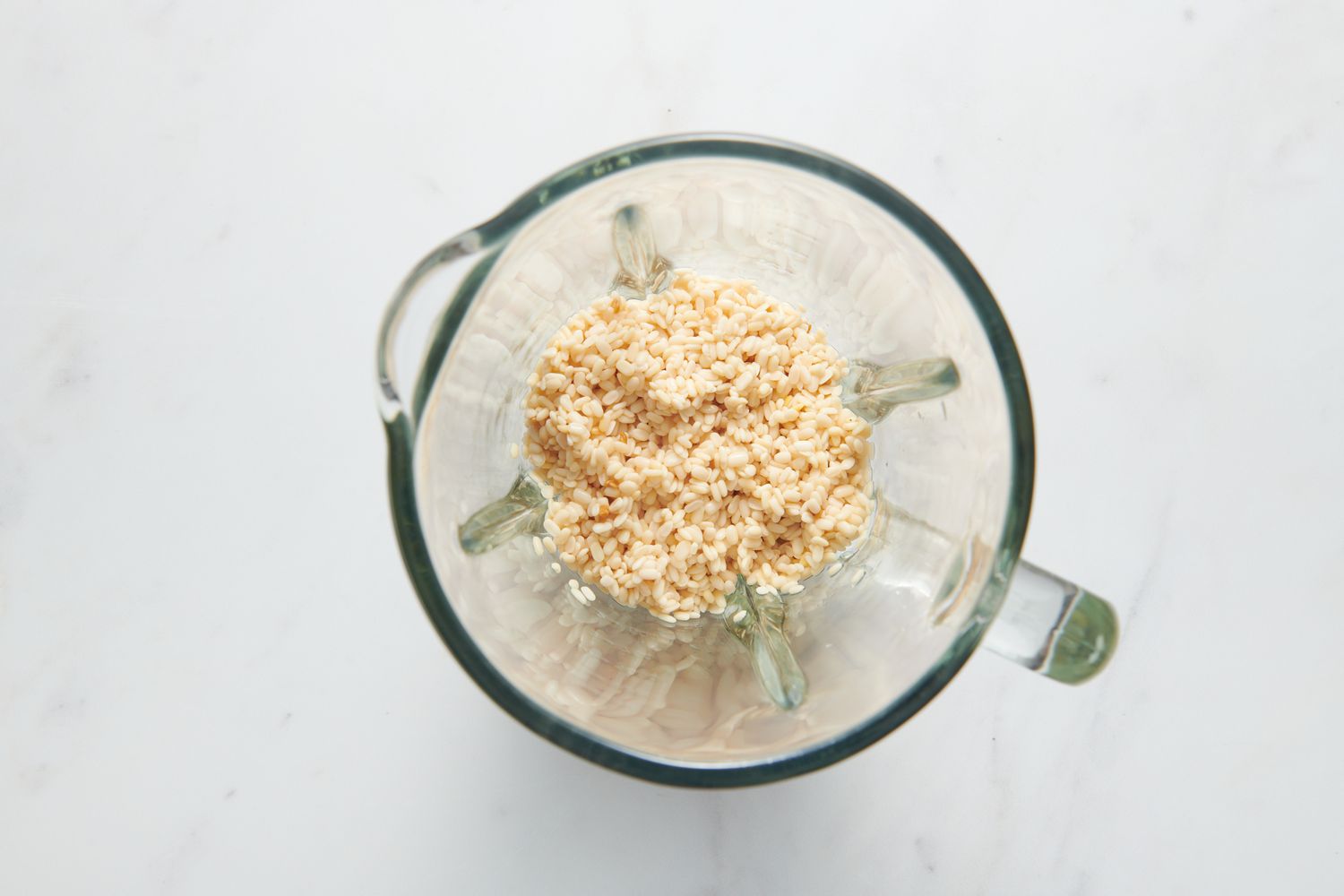
Strain the water from the urad dal and fenugreek seeds and add them to a blender.
-
Blend and Adjust
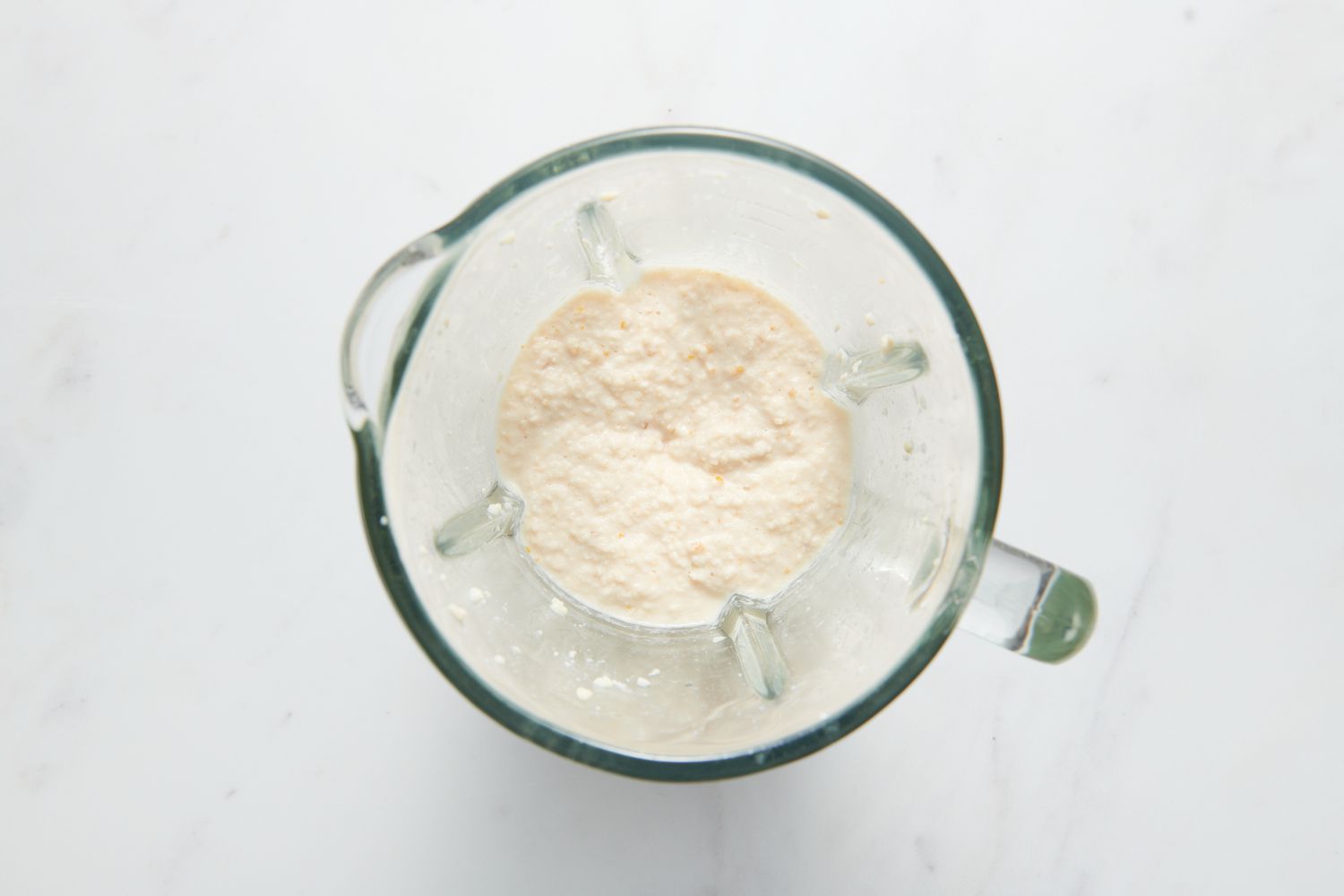
Add just enough fresh water to allow the urad dal to begin blending, about 1/4 cup. When the batter becomes sticky and thick, stop the blender and add more water until the batter is thick, yet pourable, about 1/2 cup more. Continue to blend.
-
Transfer and Ferment
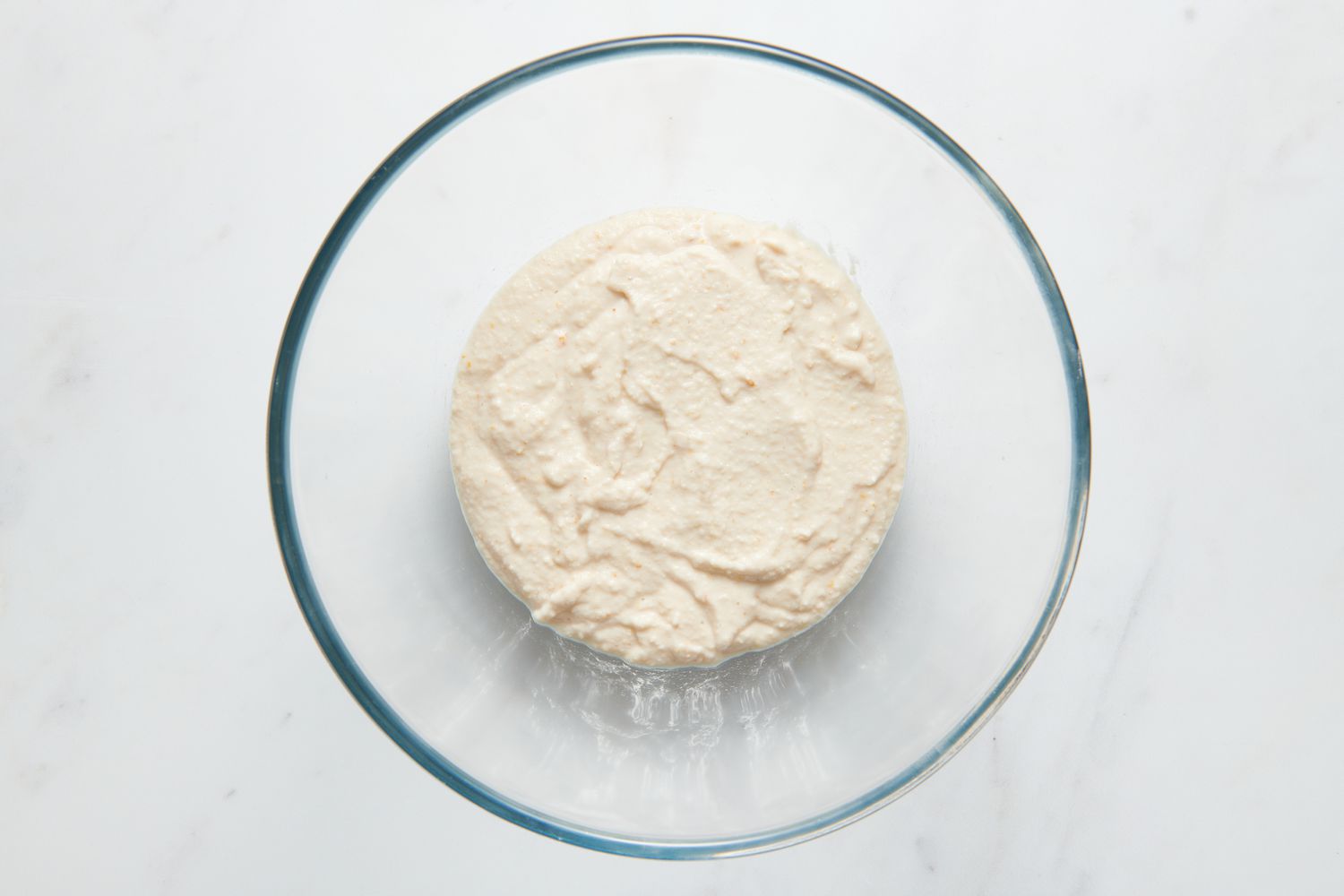
When the batter becomes smooth and fluffy, empty it into a large bowl. This will be the bowl that you ferment your final batter in, so it will need space to rise up to twice its volume. Set aside.
-
Blend Rice

Strain the rice and add it to the blender. If you have a small blender, blend in batches, just half or one-third of the rice at a time.
-
Blend Smooth
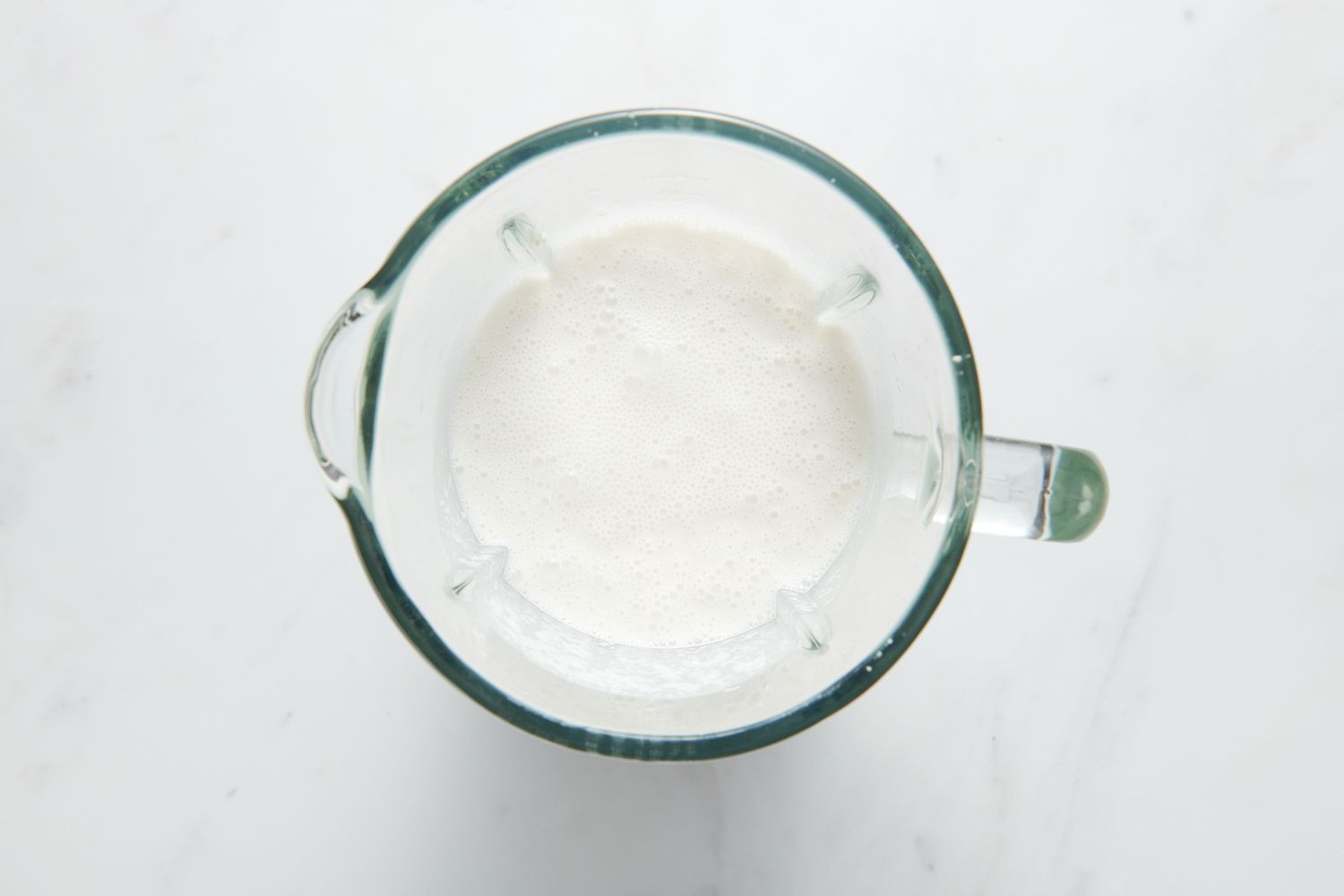
Add 1/4 cup of water and begin blending. Continue to add water as needed, aiming for the same smooth, thick yet pourable, fluffy consistency as the urad dal, about 1/4 cup more.
-
Combine Batters
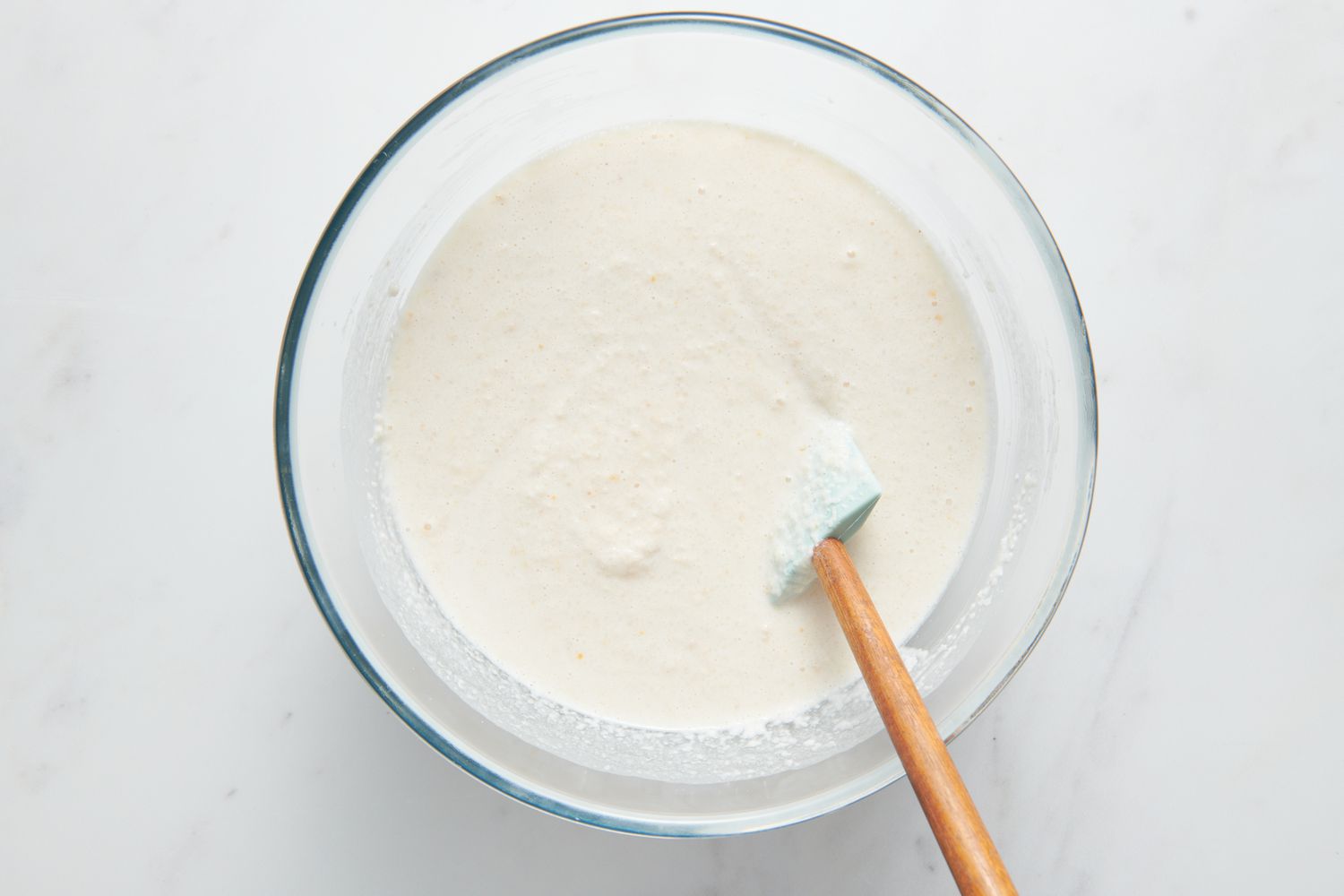
Once finished, add the rice batter to the bowl with the urad dal batter and mix it thoroughly with a spatula.
-
Ferment the Batter
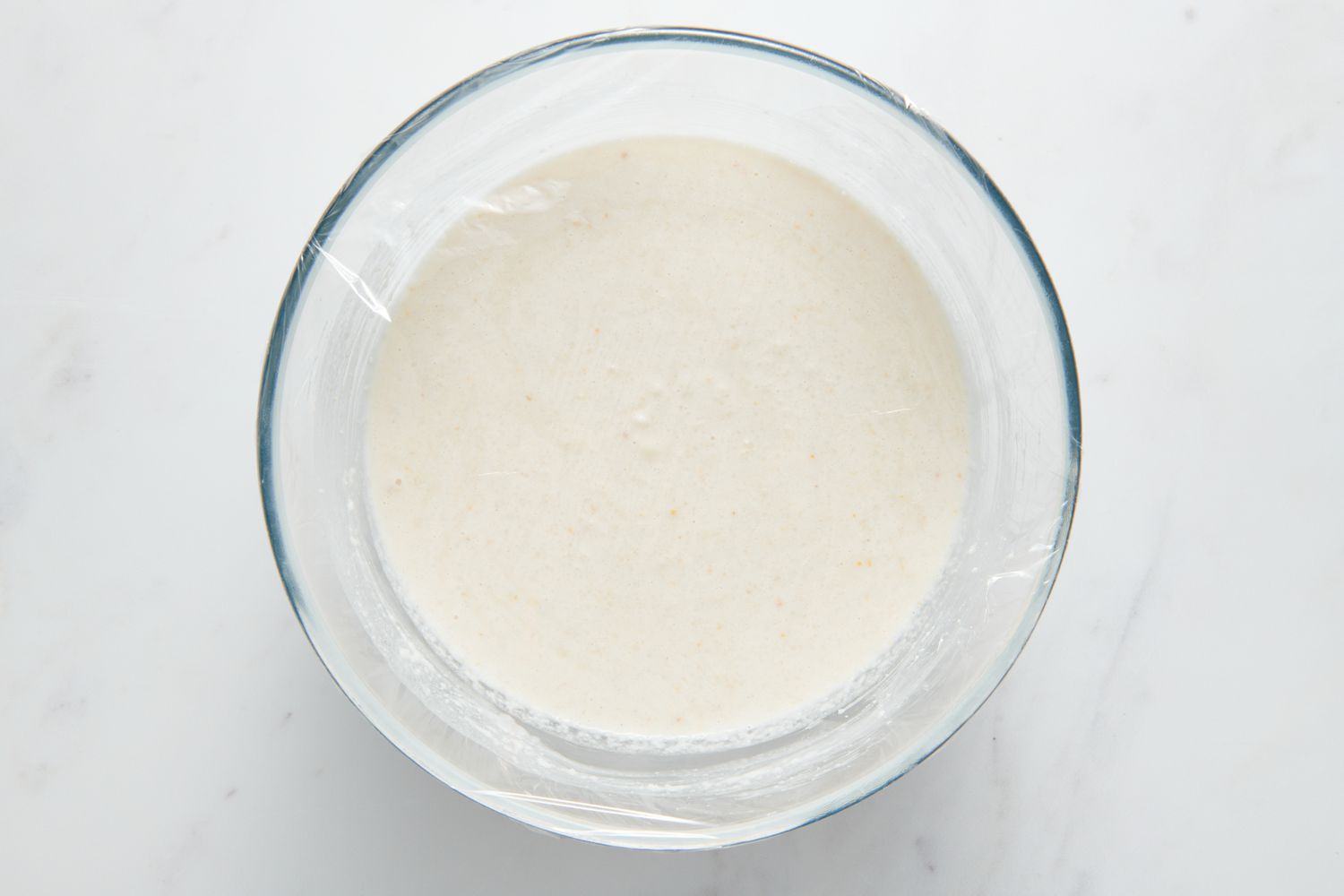
Add 1 teaspoon fine salt, cover the bowl, and transfer it to a warm, dry place. Allow to ferment for 8 to 12 hours.
-
Check Fermentation
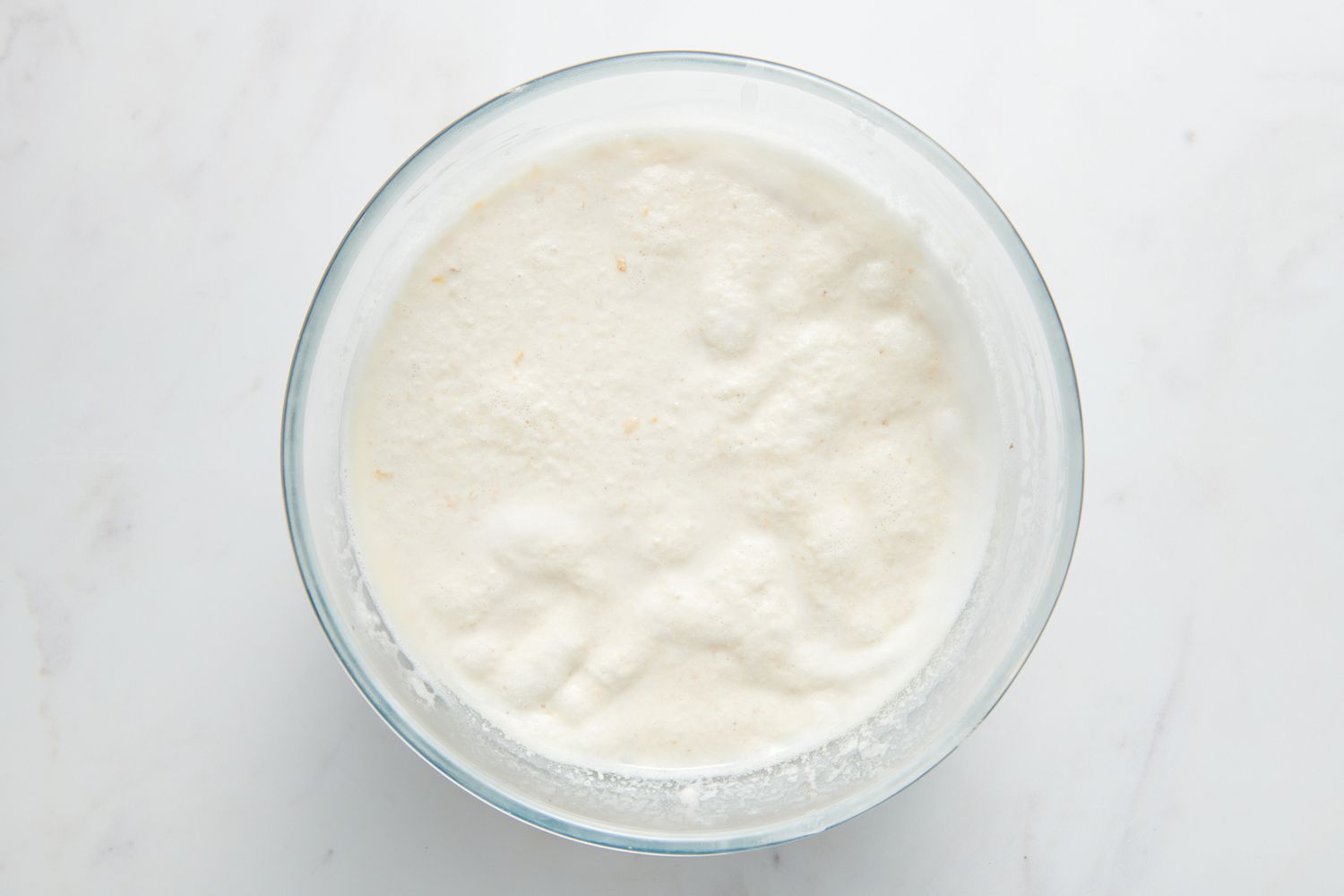
After 8 hours, start checking your batter for readiness. You will know it’s properly fermented if it’s risen considerably (about double in volume) and if it has a slightly sour scent. Once fermented, stir the batter to check that the consistency is light, fluffy, and pourable.
-
Heat Skillet
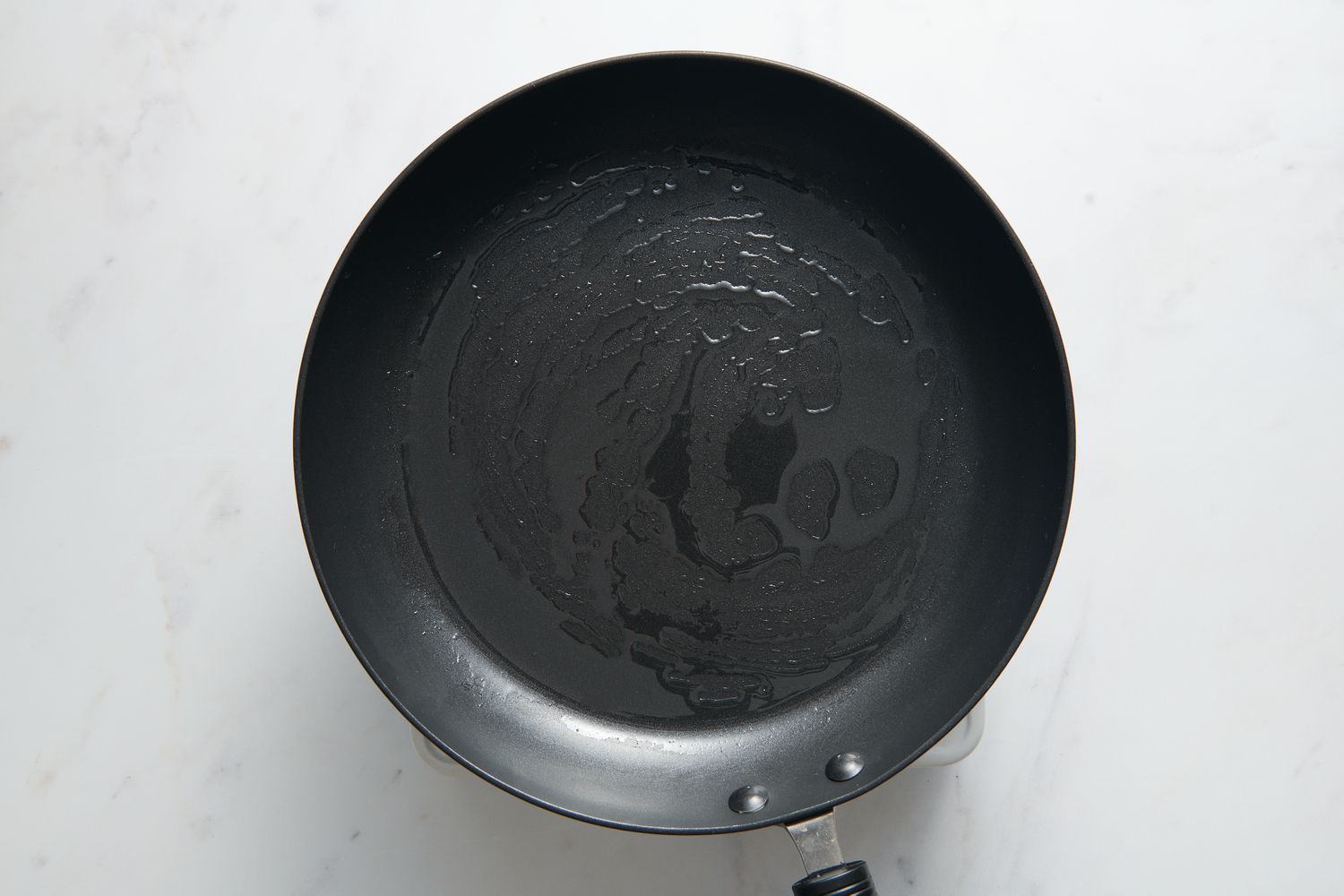
Heat a large skillet, preferably nonstick, on medium-high and lightly grease it with ghee or vegetable oil.
-
Pour Batter
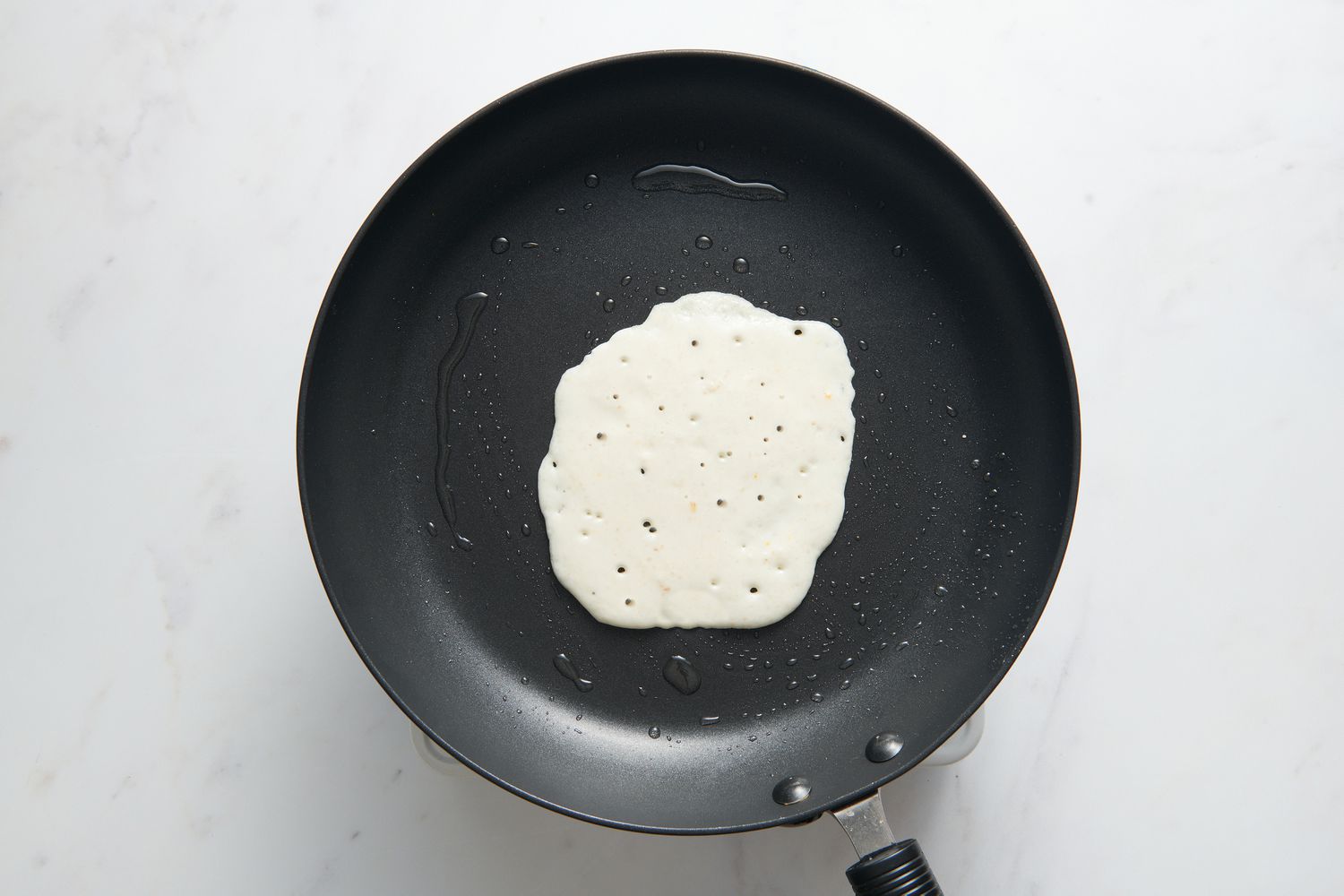
Using a ladle, pour a portion of batter onto the center of the pan. It should be average in thickness, neither as thin as a dosa or as thick as an American pancake.
-
Add Toppings
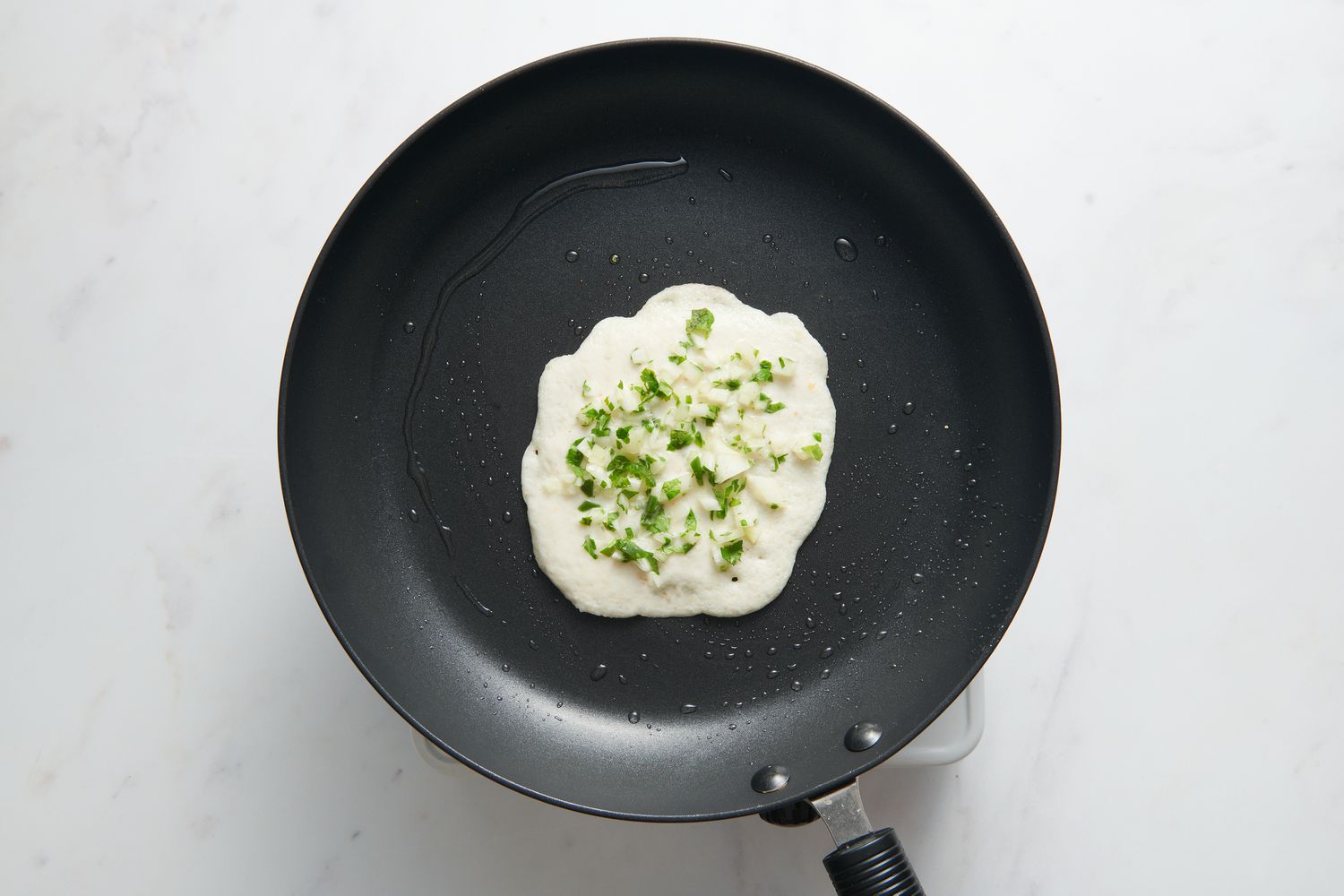
While still cooking, sprinkle some of the chopped onions, chillies, and cilantro over top the uttapam.
-
Flip Uttapam
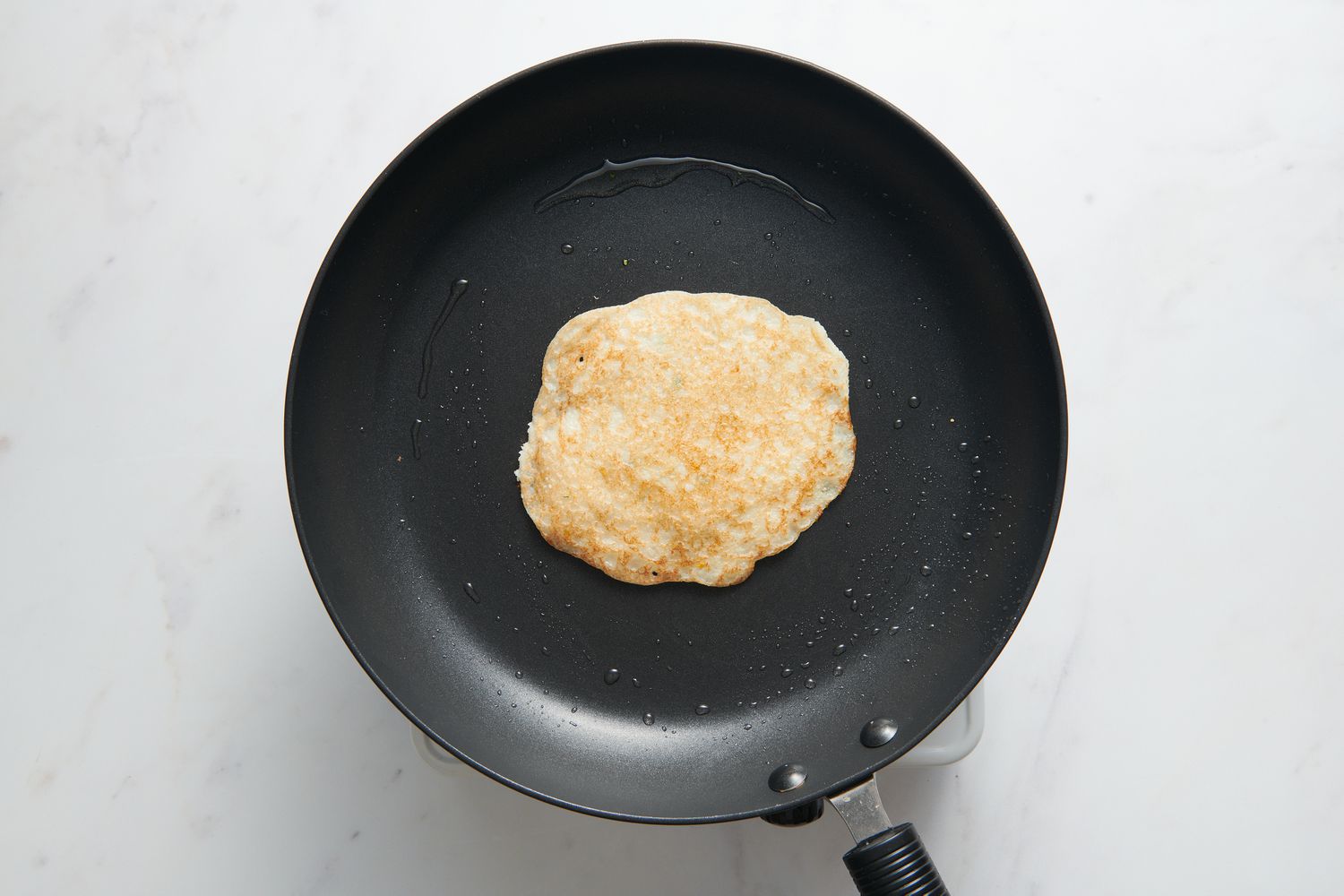
Drizzle 1 teaspoon ghee or vegetable oil around the circumference of the uttapam to encourage the edges to turn golden brown and crisp. Once this begins to happen, flip the uttapam using a wooden or metal spatula.
-
Finish Cooking
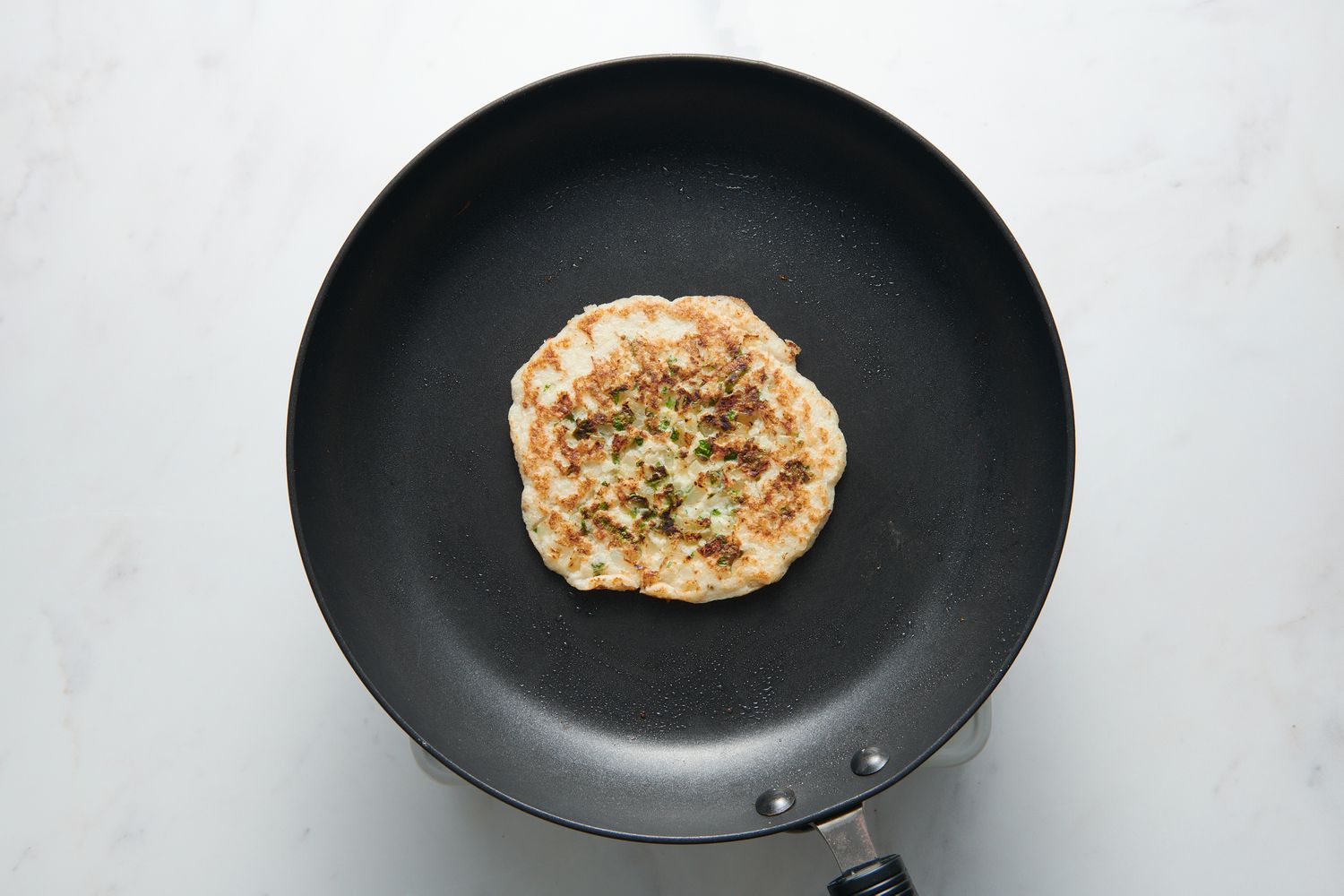
Press the uttapam lightly to ensure the toppings stick. Once the toppings begin to brown slightly, the uttapam is ready.
-
Serve Uttapams
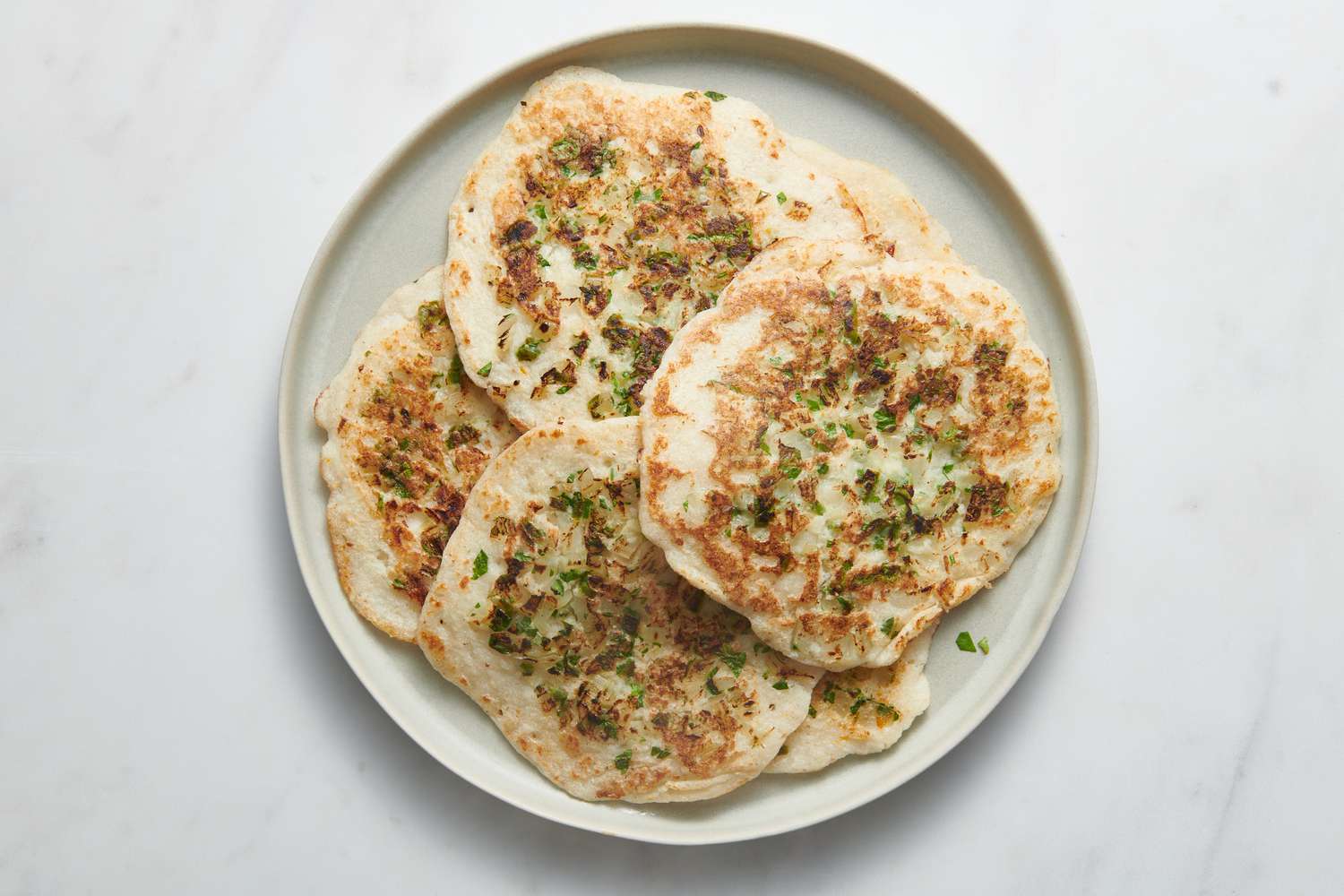
Repeat until you’ve used all the batter or until you’ve made as many uttapams as you want. Transfer to a plate and serve hot with coconut chutney and/or sambar.
How to Store
It’s important not to make more uttapams than you want for one sitting as they tend to lose their taste. Instead, you can store the remaining batter in the fridge for up to 3 days. It may thicken during this time, which you can amend by simply adding a little water and salt. Allow the batter to reach room temperature before cooking.











